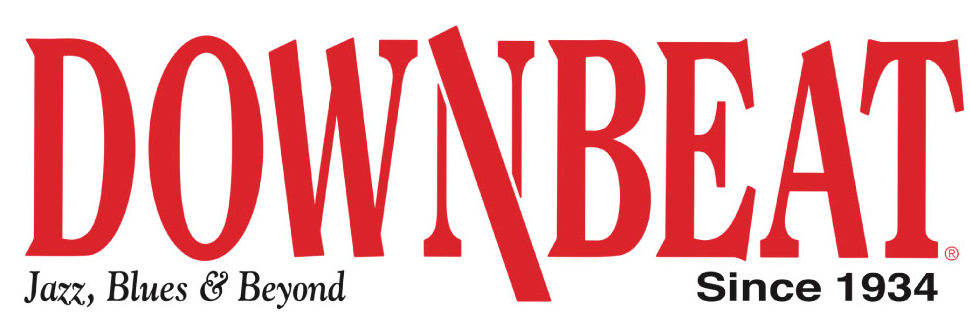by DAVID LIEBMAN
(Introduction to Aebersold Play along VOl. 42)
As an aspiring young jazz musician I had always read in the history books as well as heard from the older masters that you had to play the blues to truly understand the essence of jazz. Coming from my background, the blues was not present except what I may have heard in the early days of rock’n’roll where the twelve bar form served as an important vehicle for artists like Chuck Berry, Little Richard, Bill Haley and Elvis Presley. Why was the blues so important to the history of jazz?
What strikes me as the most important aspect of the blues goes beyond twelve bars and jazz itself. It is related to the universality of the blues feeling. Every culture, every human being can and does relate to the inherent cry heard in this music. Whether it be an Indian raga, a sad Scandinavian love song (like Dear Old Stockholm) or a song of mourning from Ghana, the feeling is unmistakable and within all of us. It is definite-a hook to hang your feelings as well as one’s beginning musical attempts towards expression. The blues scale we all learn so early in improvisational education can be immediately accessed and used. (By the way, this is not to say there is no such thing as a happy blues-but alas it is more rare.)
The earliest blues singers like Robert Johnson and Lightnin’ Hopkins to name only two often didn’t adhere to the strict twelve bars that we are accustomed to. They let the lyrics lead the chords, so a chorus could be thirteen or eleven and a half measures in length!! In other words, the story line dictated the accompaniment. This evolved to the more standard call and response pattern we are used to which in an evolutionary milestone combined with European functional harmony (tonic, sub-dominant, dominant). The blues scale itself has an intervallic symmetry all its own of minor third, whole step, whole step, minor third, whole step. The blues scale even works in a polytonal manner by sounding over the three basic chords of a simple blues (I,IV,V). One hears blues scales throughout even non- blues tunes as for example in the work of guitarist Wes Montgomery.
There is a wealth of information to be gained through understanding the blues and by and large, all the masters have explored the form. Some altered it like Bird did in “Blues For Alice” or Coltrane’s “Pursuance” as well as Miles’ “All Blues”-but the essence remains the same. The blues is the first mountain a jazz musician must surmount and this collection will serve you well to begin that journey. Also recommended as you evolve is Volume 42 which features more advanced harmonies in blues formats through all the keys.


